Very tightly government controlled China suffers from a wide-range societal complexities. Three that have impact on foreign relations and internal dynamics are Communist Party of China’s (CPC) full control over military and media and fragile social balance. In the last seven decades China has gone through serious cultural shocks, and the ‘One Child Policy’ has had a huge demographic impact. All these have brought in social pulls and pressures. A key element for China to be a significant global power is the need for freedom of expression and societal choices of its people. Democratic institutions and free media bring in checks and balances with alternative better choices being thrown up during the national discourse. Keeping a very close control over such a large population spread across large geographical area and some in thinly populated hinterland has its negative implications. Politically sensitive issues are invariable censored in China. Dissent of any kind is snubbed with an iron hand, as was the case during Tiananmen Square protests. Many consider the “Cheap Goods Export Economy”, a bubble waiting to burst. China thus has a level serious societal issues to contend with. This article looks at Censorship.
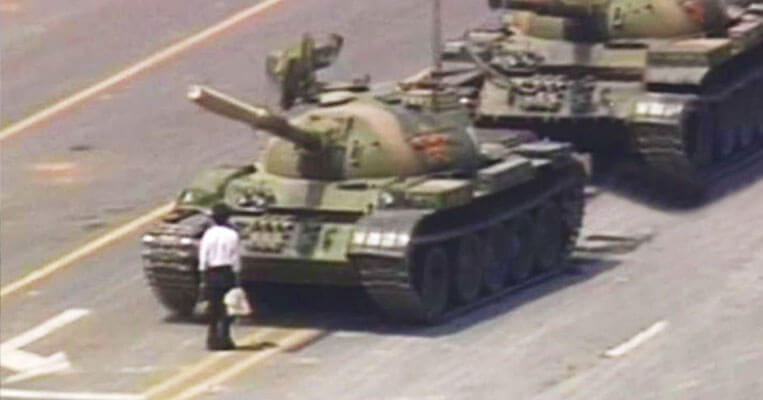
Censorship and Chinese Government’s Total Societal Control
Censorship in China is mandated and implemented by the CPC. The government censors content for mainly political reasons, but also to maintain its control over the populace. The Chinese government asserts that it has the legal right to control the Internet’s content within their territory and that their censorship rules do not infringe on the citizen’s right to free speech. Since Xi Jinping became the General Secretary of the Communist Party of China (de facto paramount leader) in 2012, censorship has been “significantly stepped up”.

The government maintains censorship over all media capable of reaching a wide audience. This includes television, print media, radio, film, theater, text messaging, instant messaging, video games, literature, and the Internet. Chinese officials have access to uncensored information via an internal document system. The organisation “Reporters Without Borders” ranks China’s press situation as “very serious”, the worst ranking on their five-point scale. In August 2012, the “Open Net Initiative” classified Internet censorship in China as “pervasive” in the political and conflict/security areas and “substantial” in the social and Internet tools areas, the two most extensive classifications of the five they use. The State control over the news media in China is achieved through a complex combination of party monitoring of news content, legal restrictions on journalists, and financial incentives for self-censorship,” and an increasing practice of “cyber-disappearance” of material written by or about activist bloggers. Other views suggest that Chinese businesses such as Baidu, Tencent and Alibaba, some of the world’s largest internet enterprises, have benefited from the way China blocked international rivals from the domestic market.

Censorship encompasses a wide range of subject matter. The agendas behind such censorship are varied; some are stated outright by the Chinese government itself and some are surmised by observers both inside and outside of the country. According to the “South China Morning Post”, the Chinese government issues orders on a regular basis to ‘guide’ coverage of individual sensitive issues. As a result, media organizations submit to self-censorship, or run the risk of being closed down.
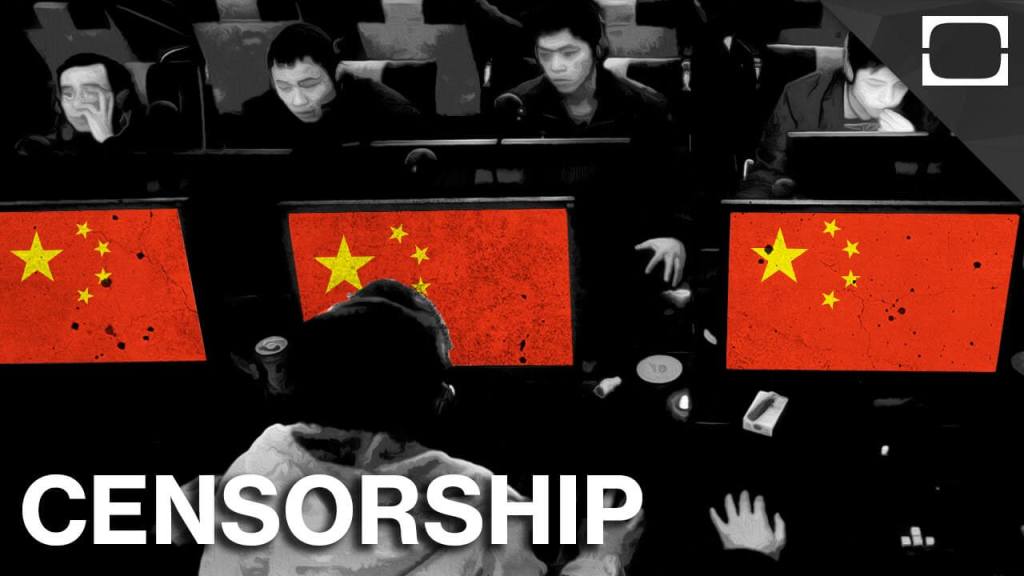
History Manipulation
The Chinese government regulates the creation and distribution of materials regarding Chinese history. The Communist Party’s historical research body, the Central Committee Party History Research Office. The CPC and the armed forces under the guise of reevaluating existing narratives, are engaged in a form of political combat, crucial to the CPC leadership and the security of socialism. Under Xi Jinping, the government began to censor digitized archival documents that contradict official depictions of history. Although the Chinese government now officially denounces the Cultural Revolution, it does not allow Chinese citizens to present detailed histories of the suffering and brutality that ordinary people sustained.

Political Censoring
The unwelcome views may be censored by authorities who exploit the vagueness in laws concerning publication of state secrets. Major media outlets receive guidance from the Chinese Department of Propaganda on what content is politically acceptable. China bans content regarding independence movements in Tibet and Taiwan, the religious movement Falun Gong, democracy, the Tiananmen Square protests and massacre of 1989, Maoism, corruption, police brutality, anarchism, gossip, disparity of wealth, and food safety scandals. In the lead-up to the Beijing Olympics, the government allegedly issued guidelines to the local media for reporting during the Games: political issues not directly related to the games were to be downplayed and topics such as the Pro-Tibetan independence and East Turkestan movements as well as food safety issues such as “cancer-causing mineral water” were not to be reported on. On 13 February 2009, the General Administration of Press and Publication, announced the introduction of a series of rules and regulations to strengthen oversight and administration of news professionals and reporting activities. The regulations would include a “full database of people who engage in unhealthy professional conduct” who would be excluded from engaging in news reporting and editing work. Although the controls were ostensibly to “resolutely halt fake news”, it was criticized by most as state censorship. In January 2011, the Propaganda Department, issued instructions for the Chinese media to downplay social tensions on issues such as land prices, political reform and major disasters or incidents, and to ensure reporting does not show the Communist party negatively. The Party warned that the media must “ensure that the party and government do not become the targets or focus of criticism”, and any mention of political reforms must reflect the government in a favourable light.
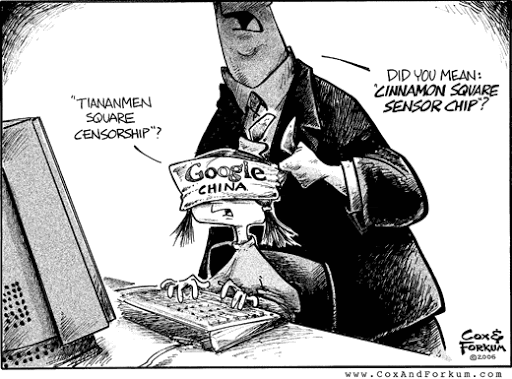
Moral Policing
The government of China defended some forms of censorship as a way of upholding proper morals, such as related to pornography etc. The government, through the National Radio and Television Administration has also banned performance artists from showing tattoos and displaying “hip-hop culture” under guidelines that prohibit “low-culture” or “problematic” morals. The Chinese government generally considers LGBT content to be obscene, and regularly censors such content in mass media.

Cultural Censorship
China has historically sought to use censorship to ‘protect the country’s culture.’ During the Cultural Revolution of the 1970s, foreign literature and art forms, religious works and symbols, and even artifacts of ancient Chinese culture were deemed “reactionary” and became targets for destruction by Red Guards teams. Although much greater cultural freedom exists in China today, continuing crackdowns on banning foreign cartoons from Chinese prime time TV, and limits on screening for foreign films could be seen as a continuation of cultural-minded censorship. The foreign TV shows and films on internet also become the target of censorship. In order to limit outside influence on Chinese society, authorities began to restrict the publishing of children’s books written by foreign authors in China from early 2017, reducing the number of these kind of books from thousands to hundreds a year.
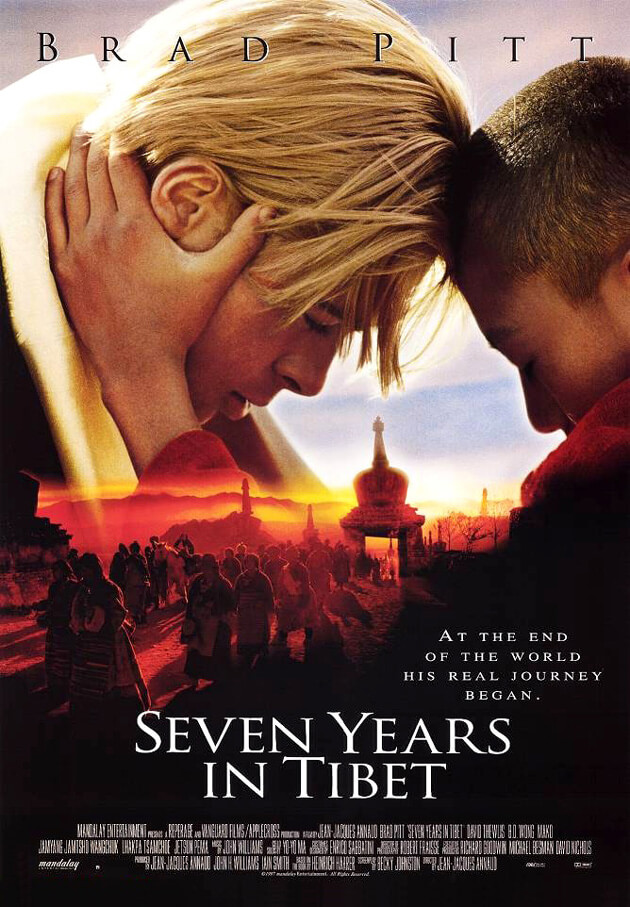
Religious Control and Censorship
A number of religious texts, publications, and materials are banned or have their distributions artificially limited in the PRC. Foreign citizens are also prohibited from religious conversions in China, and information concerning the treatment of some religious groups is also tightly controlled. Under Chinese law, a minor is forbidden to receive a religious education of any kind. Christian Bibles are allowed to be printed in China but only in limited numbers and through a single press. Their sale is also restricted to officially sanctioned churches, with online sales having been recently cracked down upon. Religious literature is not readily available or universally tolerated. In January 2016, five people were arrested for simply “buying and selling officially forbidden Christian devotionals“. They were sentenced to 3–7 years in jail. China is already facing widespread criticism for holding Uighurs in detention camps. It is believed about one million Uighur people have been detained over the past few years in what the Chinese state defines as “re-education” camps. China is forcing women to be sterilised or fitted with contraceptive devices in Xinjiang in an apparent attempt to limit the population of Muslim Uighurs, according to new research.
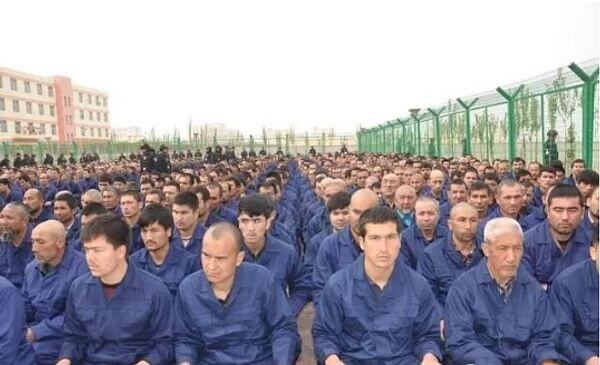
Economic Censorship and Bans
Censorship is also being used for economic protectionism. The Chinese ban on Facebook, Twitter, and YouTube may have been done in part to grant a business advantage to the websites’ Chinese competitors. Similarly, China has been accused of using a double standard in attacking Google for “obscene” content that is also present on Chinese competitor Baidu. The 2D version of the blockbuster film “Avatar” was also pulled from screens in the country; reportedly for taking in too much money and seizing market share from domestic films. Furthermore, the official ban on most foreign films hardly affect Chinese citizens; such films can easily be acquired in copyright-infringing formats, allowing Chinese to view such films to be financially accessible while keeping their money within the domestic economy. In 2016, after a series of policy mishaps in the backdrop of severe economic downturn in the country, regulators, censors and government officials have increased censorship. Officials, regulators and censors acting to stem the flow of money abroad by creating an environment of “zhengnengliang” (positive energy), and warned commentators whose remarks or projections on the economy contradict optimistic official statements.

Market Mechanism Support For Censorship
The Chinese software companies are competing in order to offer better censor tools and systems, as demand for their services is rising. This is because the Chinese state holds the companies that run the social media sites responsible for doing some of the censoring. This means, ironically enough, that market mechanisms are supporting censorship in China.
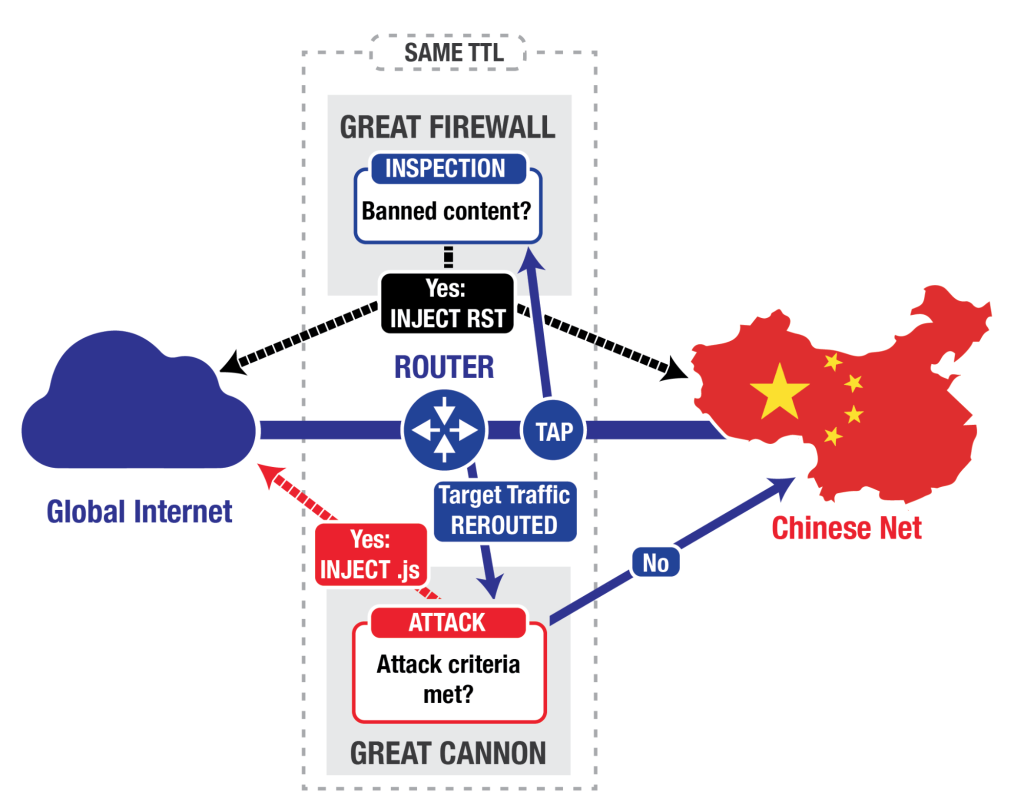
Communist Party and Print Media
Chinese media remains under tremendous pressure when it comes to reporting on sensitive issue such as the pro-democracy protests in Tiananmen Square. China reportedly has more journalists in prison, than any other country. The Communist Party also often employs teams of writers to write articles under pseudonyms for the People’s Daily, the official newspaper of the Chinese Communist Party, as well as other journals. These writing teams are most often employed under the Central Propaganda Department. The main purpose of these writing groups is to spread the opinions and political thoughts of the Chinese Communist Party without these ideas being perceived as propaganda.
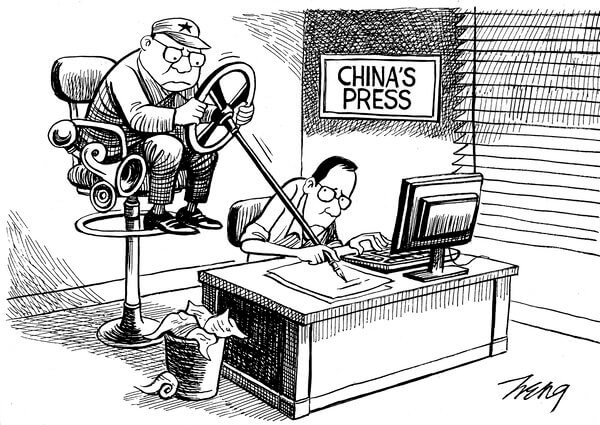
Television Control and Censorship
Foreign and Hong Kong news broadcasts in mainland China from are occasionally censored by being “blacked out” during controversial segments. It is reported that CNN has made an arrangement that allowed their signal to pass through a Chinese-controlled satellite. Chinese authorities have been able to censor CNN segments at any time in this way. CNN’s broadcasts are not widely available throughout China, but rather only in certain diplomatic compounds, hotels, and apartment blocks. Numerous content which have been blacked out has included references to the Tiananmen Square protests of 1989, the Dalai Lama, among many others. During the Summer Olympics in Beijing all Chinese TV stations were ordered to delay live broadcasts by 10 seconds, a policy that was designed to give censors time to react in case free-Tibet demonstrators or others staged political protests. Foreign animation is also banned from prime-time viewing hours (5pm to 8 pm) to protect domestic animation production. Like Internet censorship, enforcement in television censorship is increasingly ineffective and difficult because of satellite signal hacking systems which give direct access to channels and programs on any satellite that services the Asian Pacific region.
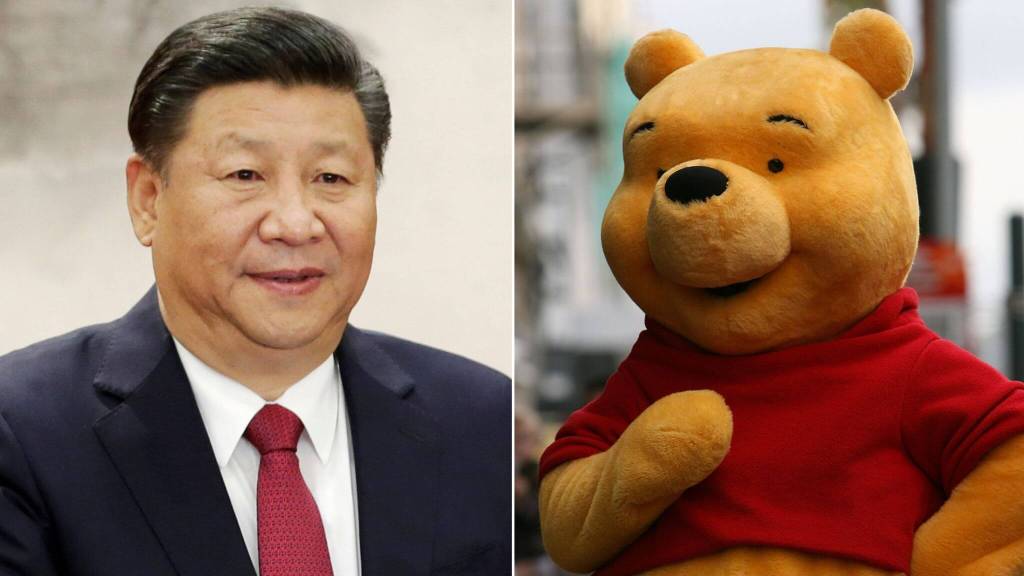
Film Censorship in China
China has a large diversity of different foreign films broadcast through the media and sold in markets. China has no motion picture rating system, and films must therefore be deemed suitable by Chinese censors for all audiences to be allowed to screen. For foreign-made films, this sometimes means controversial footage must be cut before such films can play in Chinese cinemas. Access to the 12,000 movie screens in China is a powerful incentive for film makers, to consult and cooperate with Chinese censors. Despite this, almost all internationally released foreign films are freely available in Chinese- and English-language versions through the counterfeit trade in DVDs. Films by Chinese nationals cannot be submitted to foreign film festivals without government approval.

Literature Censorship
China’s state-run General Administration of Press and Publication (GAPP) screens all Chinese literature that is intended to be sold on the open market. The GAPP has the legal authority to screen, censor, and ban any print, electronic, or Internet publication in China. Because all publishers in China are required to be licensed by the GAPP, that agency also has the power to deny people the right to publish, and completely shut down any publisher who fails to follow its dictates. Therefore, the ratio of official-to-unlicensed books is said to be 40:60. According to reports, there are more than 4,000 underground publishing factories around China. The Chinese government continues to hold public book burnings on unapproved literature or books that have since fallen out of favor with the Communist Party line though critics claim this spotlight on individual titles only helps fuel book sales.
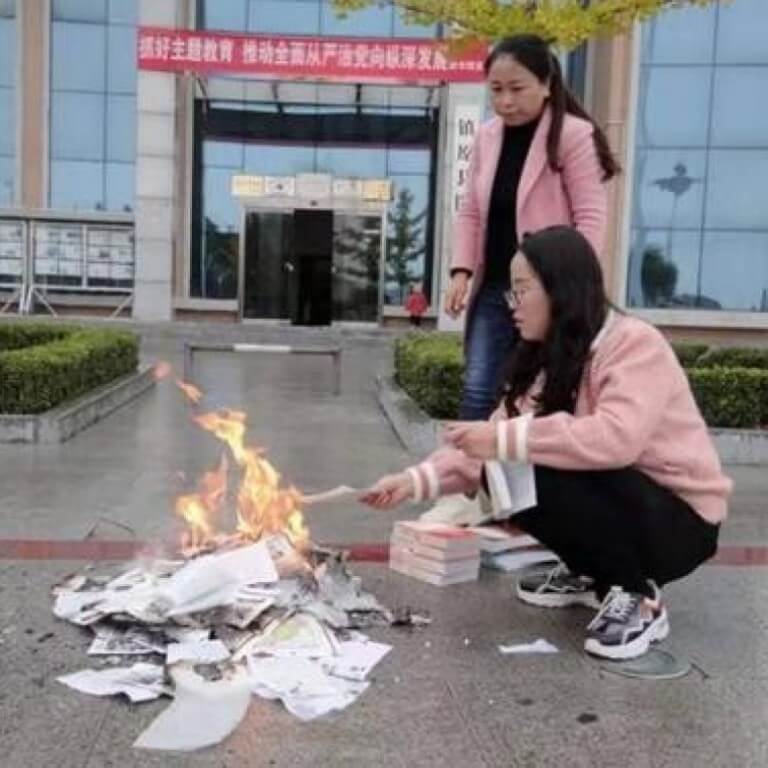
Control Over Music
The album “Chinese Democracy” by American rock band Guns N’ Roses is banned in China, reportedly due to supposed criticism in its title track of the government and a reference to the currently persecuted Falun Gong spiritual movement. The government said through a state controlled newspaper that it “turns its spear point on China”. Also banned is the track “Communist China” by British rock group Japan. China has historically issued bans to music acts who proclaim support of Tibetan independence or otherwise interact with the Dalai Lama, such as Oasis.
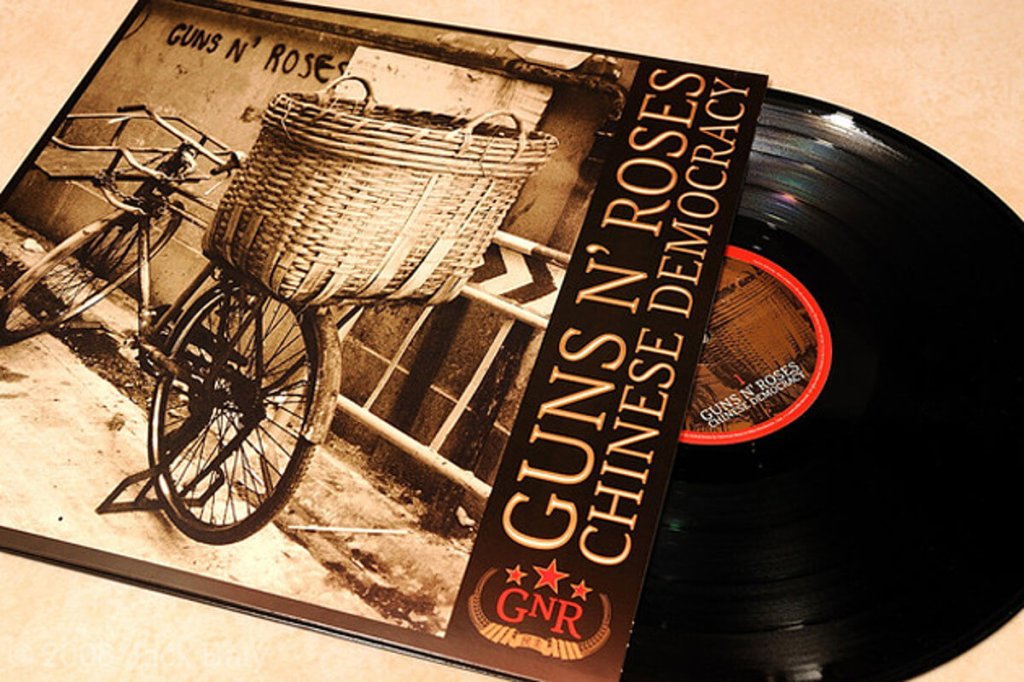
Internet Censorship
China’s internet censorship is regarded by many as the most pervasive and sophisticated in the world. The system for blocking sites and articles is referred to as “The Great Firewall of China”. According to a Harvard study conducted in 2002, at least 18,000 websites were blocked from within the country, and the number is believed to have been growing constantly. According to an article in South China Morning Post in November 2019, the number of websites blocked in China currently is over 10,000. Banned sites include YouTube (from March 2009), Facebook (from July 2009), Google services, Twitter, among many others. Google was planning to launch a censored version of its search engine in China, blocking information about human rights, democracy, religion, and peaceful protest, but it was terminated. Certain search engine terms are blocked as well. Amid ongoing border tension between China and India following the June 15 standoff, the Indian newspapers and websites are not accessible in China.
Though Chinese newspapers and websites continue to be accessible in India, people in China can only access the Indian media websites with Virtual Private Network (VPN) server. The Indian TV channels also can be accessed through IP TV as of now. But China has created such a technologically advanced firewall that it blocks even the VPNs. China’s internet censorship of foreign websites may also be a means of forcing mainland Chinese users to rely on China’s own e-commerce industry, thus self-insulating their economy. Local Chinese businesses such as Baidu, Tencent, and Alibaba, some of the world’s largest internet enterprises, benefited from the way China has blocked international rivals from the market.
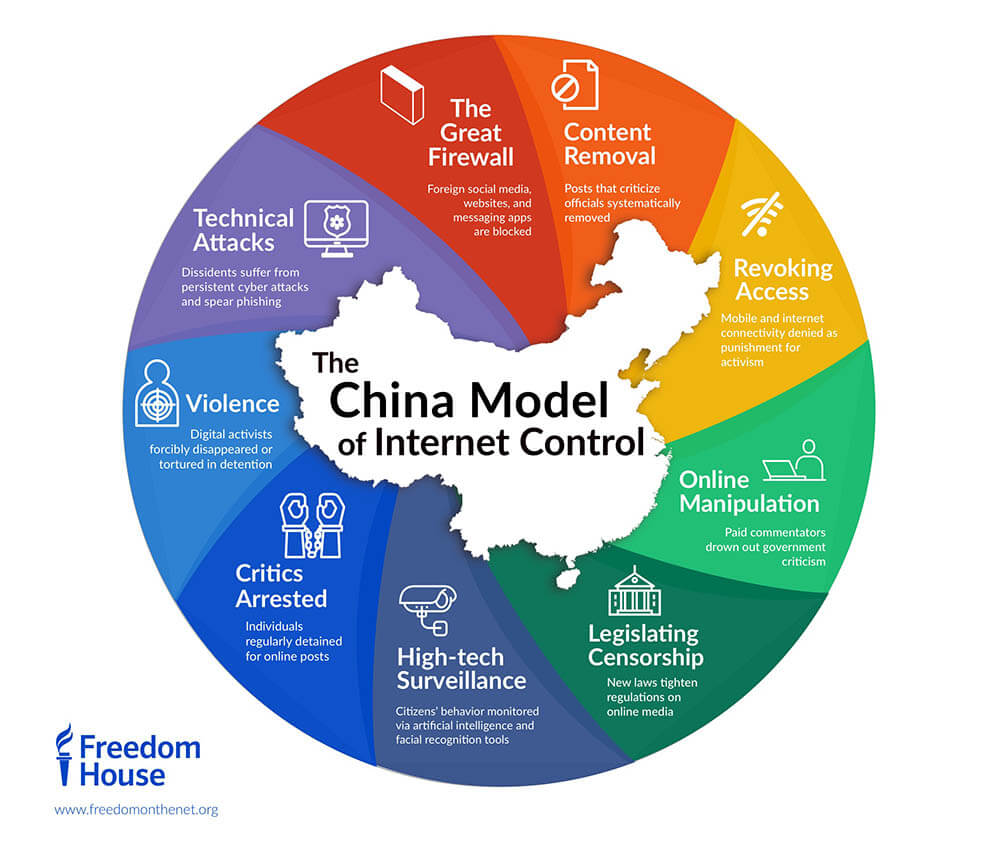
Under Xi Jinping, there has been a big push to improve information technology and use the improved technology as a means to further promote propaganda and the Communist Party agenda. While better internet services allow Chinese netizens to interact on government policies and affairs; the government has implemented rules and preventative measures to counter the spread of negative public opinion regarding the Communist Party and governmental affairs. For example, Article 246. Section 1 in Criminal Law states that unlawful posts that are shared over 500 times or seen over 5000 times will result in the poster being charged with up to 3 years in prison. From 2017 onwards, Chinese censors began removing all images of the character Winnie the Pooh in response to the spread of memes comparing General Secretary Xi Jinping to the plump bear. The Chinese government also employs people as “black PRs” to remove information from the Internet and criticize those who speak negatively about the government. Network operators are obligated by the Cyberspace Administration to assist the government in monitoring and removing “illegal information” online. The Cyber security Law that went into effect on 1 June 2017 forces internet providers to identify internet users, facilitating control and monitoring of public expression online.

Text Messaging Surveillance
According to Reporters without Borders, China has over 2,800 surveillance centers devoted to text messaging. As of early 2010, cell phone users in Shanghai and Beijing risk having their text messaging service cut off if they are found to have sent “illegal or unhealthy” content. In 2003, during the severe-acute-respiratory-syndrome (SARS) outbreak, a dozen Chinese were reportedly arrested for sending text messages about SARS. Skype reported that it was required to filter messages passing through its service for words like “Falun Gong” and “Dalai Lama” before being allowed to operate in China.
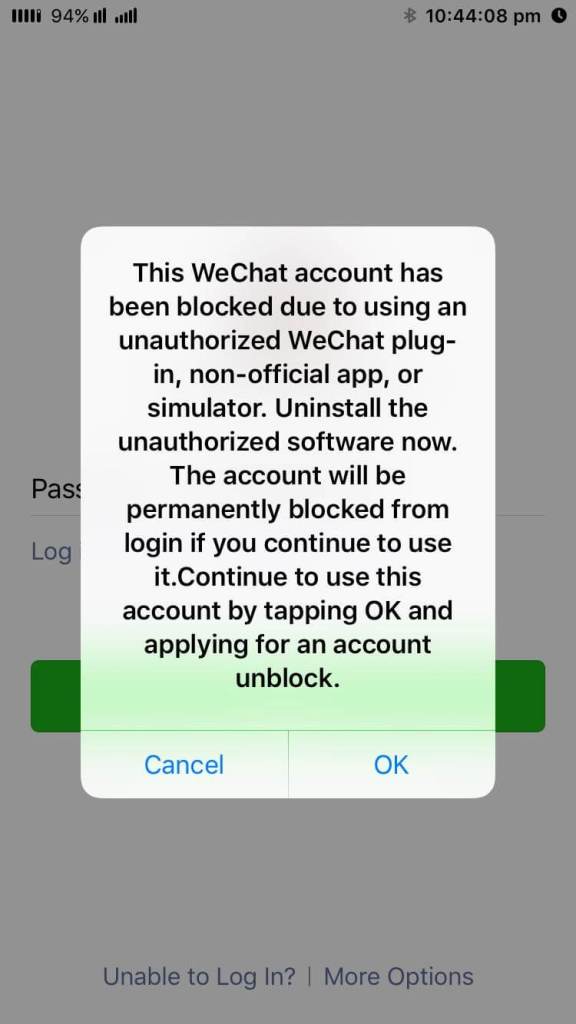
Education – Whitewashing History
Educational institutions within China have been accused of whitewashing PRC history by downplaying or avoiding mention of controversial historical events such as the Great Leap Forward, Cultural Revolution, and the Tiananmen Square protests of 1989. In 2005, customs officials in China seized a shipment of textbooks intended for a Japanese school because maps in the books depicted mainland China and Taiwan using different colors. New Threads, a website for reporting academic misconduct in China such as plagiarism or fabrication of data, is banned in China. A new standard world history textbook introduced in Shanghai high schools in 2006 supposedly omits several wars; it mentions Mao Zedong, founder of the PRC, only once. During the COVID-19 pandemic in mainland China, academic research concerning the origins of the virus was censored.
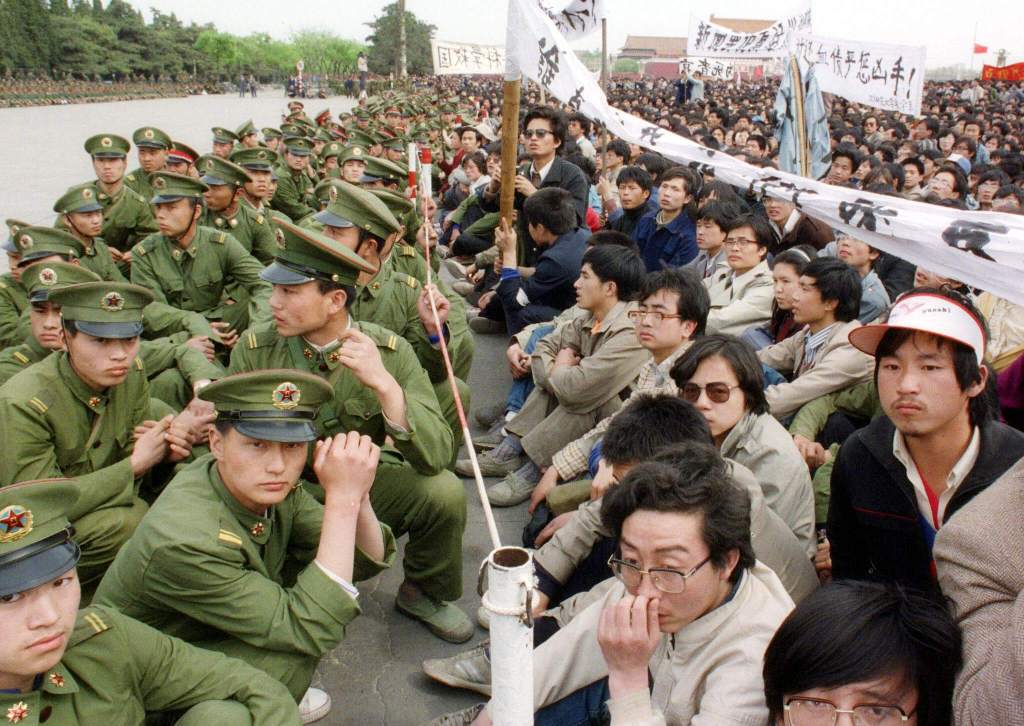
Censorship of the Cultural Revolution
The goal of the Cultural Revolution was to get rid of the “four olds” (“old customs,” “old culture,” “old habits,” and “old ideas”). If newspapers touched on sensitive topics like these, the journalists were subject to arrests and sometimes violence. Libraries in which there were books containing “offensive literature” would often be burned down.
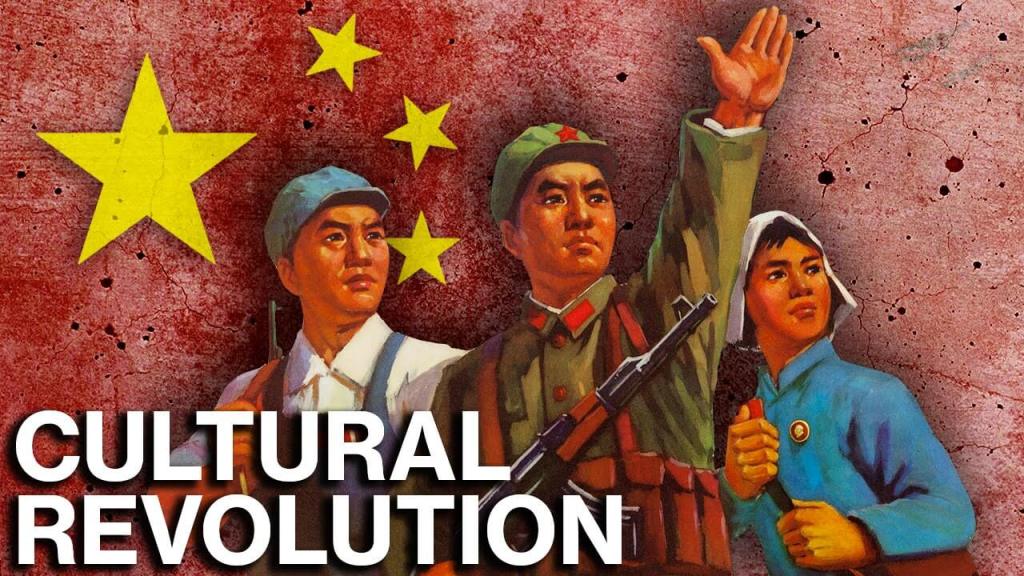
Self-censorship
International corporations such as Google, Facebook, Microsoft, MySpace, Shutterstock, and Yahoo! voluntarily censor their content for Chinese markets in order to be allowed to do business in the country. In October 2008, Canadian research group Citizen Lab released a new report saying TOM’s Chinese-language Skype software filtered sensitive words and then logged these, with users’ information to a file on computer servers which were insecure. In September 2007, activists in China had already warned about the possibility that TOM’s versions have or will have more trojan capability. Skype president Josh Silverman said it was “common knowledge” that Tom Online had “established procedures to meet local laws and regulations … to monitor and block instant messages containing certain words deemed offensive by the Chinese authorities.”
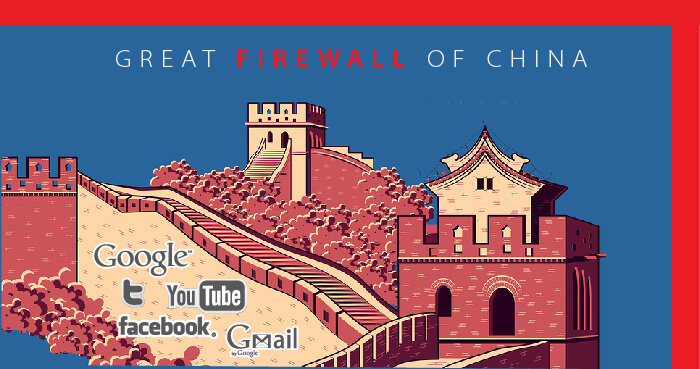
Marketing “Banned as More Attractive”
Publishers and other media in the Western world have sometimes used the “Banned in China” label to market cultural works, with the hope that censored products are seen as more valuable or attractive. The label was also used by Penguin Books to sell Mo Yan’s novel “The Garlic Ballads”, which had been pulled from bookshelves because of its themes (anti-government riots) being published so close to a period of actual riots. However, the book was allowed to be sold in China in a few years. Political scientist Richard Curt Kraus criticized Penguin for falsely portraying Mo Yan as a dissident in order to increase his marketability, as well as the underlying assumption that if the United States bans some work, that it must be genuinely obscene, but that if the Chinese government does the same, it is acting on purely political grounds.
Circumventing Internet Censorship
Chinese citizens frequently use many techniques to circumvent Internet censorship in order to discuss social and political current events on online platforms and gain access to web pages blocked by the Great Firewall of China. Public relay servers such as virtual private networks (VPNs) and The Onion Router nodes (Tor nodes) are widely used by Chinese netizens in order to visit blocked web pages. Typically, Internet Service Providers can view an internet user’s traffic and data; however, virtual private networks connect internet users to a server through an encrypted connection. This prevents Internet Service Providers from being able to access the internet users’ IP addresses, data, activity, and physical location. As a result, the internet user can access blocked websites through this external server. VPNs are so widely used by Chinese netizens that many journalists, both within Party-sanctioned media outlets and private media outlets, are instructed by their editors and supervisors to use VPNs in order to access international news.
Chinese netizens also use the method of “tunneling” to access blocked web pages. Tunneling is when information is transmitted using a different communications protocol than the usual. One example of tunneling is if internet user “A” in China emailed internet user “B” in America asking for the contents of a blocked webpage. Internet user “B” could then respond with an email containing the contents of that blocked webpage, allowing internet user “A” to access the censored information.
Mirrored web pages are another way to circumvent Internet censorship by the Great Firewall of China. A web page can be mirrored simply by recreating that page under a different URL. Because of the large scope of the Internet, it becomes near impossible for internet filters to identify and block all of the different mirrors of blocked web pages under their various non-specific URLs, increasing public access to censored information. many other means have been devised by citizens to bypass censorship.

Circumventing Print Censorship
Besides Internet censorship, Chinese citizens have devised methods to circumvent censorship of print media as well. As news organizations in China try to move away from the reputation of simply being mouthpieces for Communist Party propaganda, they face a difficult challenge of having to report the news objectively while remaining on good terms with the government. Journalists do their best to resist government censorship by maintaining a relatively neutral balance of positive and negative tones in articles, reporting on officials who have already been officially removed from their positions, disparaging the Communist Party as an entity instead of targeting individual officials, and focusing blame on lower-ranking officials. News organizations encourage their journalists to report on more sensitive yet risky articles by promising journalists compensation even if their articles get cut by government officials before publication. Editors also try to ensure job security by continuing to employ a journalist under another position even when told by the Communist Party to fire that journalist for disobeying Party protocol.
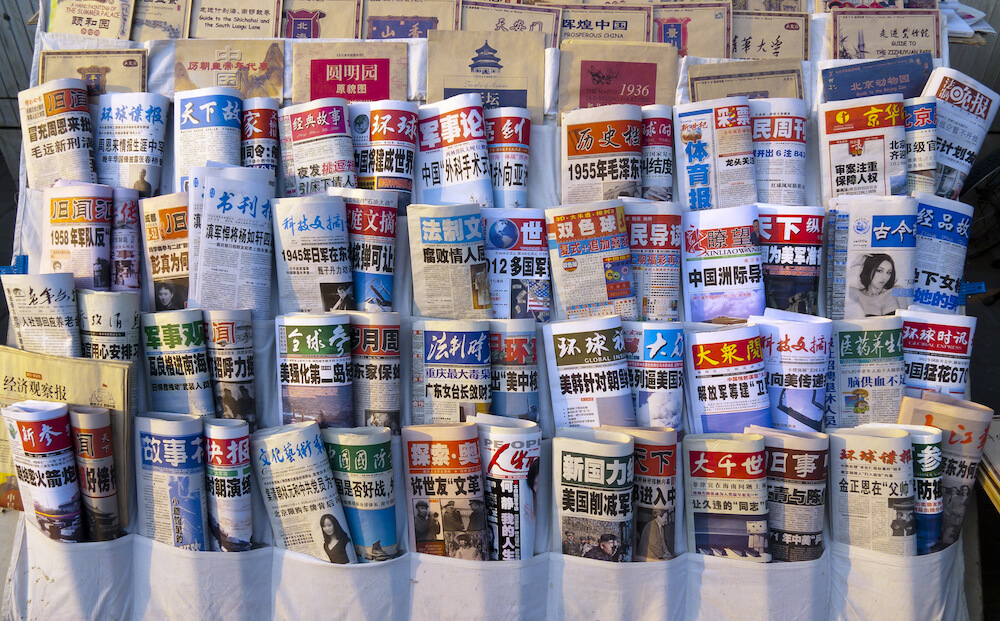
To Summarise
Chinese Communist Party (CCP) leaders are overseeing a dramatic expansion in the regime’s ability to shape media content and narratives about China around the world. This trend has accelerated in last few years, with the emergence of new and more brazen tactics by Chinese diplomats, state-owned news outlets, and CCP proxies. “Chinese state media content reaches hundreds of millions of television viewers, radio listeners, and social media users abroad, in many cases without transparency as to its origins,” said report author Sarah Cook, a senior research analyst at Freedom House. Journalists, news consumers, and advertisers in many countries are encountering intimidation or censorship of political content that the CCP considers undesirable. They combine widely accepted forms of public diplomacy with more covert, corrupt, and coercive activities that undermine democratic norms, reduce national sovereignty, weaken the financial sustainability of independent media, and violate the laws of some countries. China resorts to social media disinformation campaigns. Efforts are being made to influence mainstream mediain various countries. Beijing is gaining control over crucial parts of some countries’information infrastructure using Chinese technology firms with close ties to the CCP. They are also trying to acquire content-dissemination platforms. They will then be able to manipulate political content into pro-Beijing narratives. Effort is to present China as a model country to emulate. Chinese are showing readiness to meddle in the internal political debates and electoral contests of other countries. The economically powerful authoritarian state is flexing its propaganda muscle to increase influence. This could have serious implications for weak democracies.
Image Credit: economist.com


2 thoughts on “Chinese Communist Party Control Over Media – A Comprehensive Assessment”